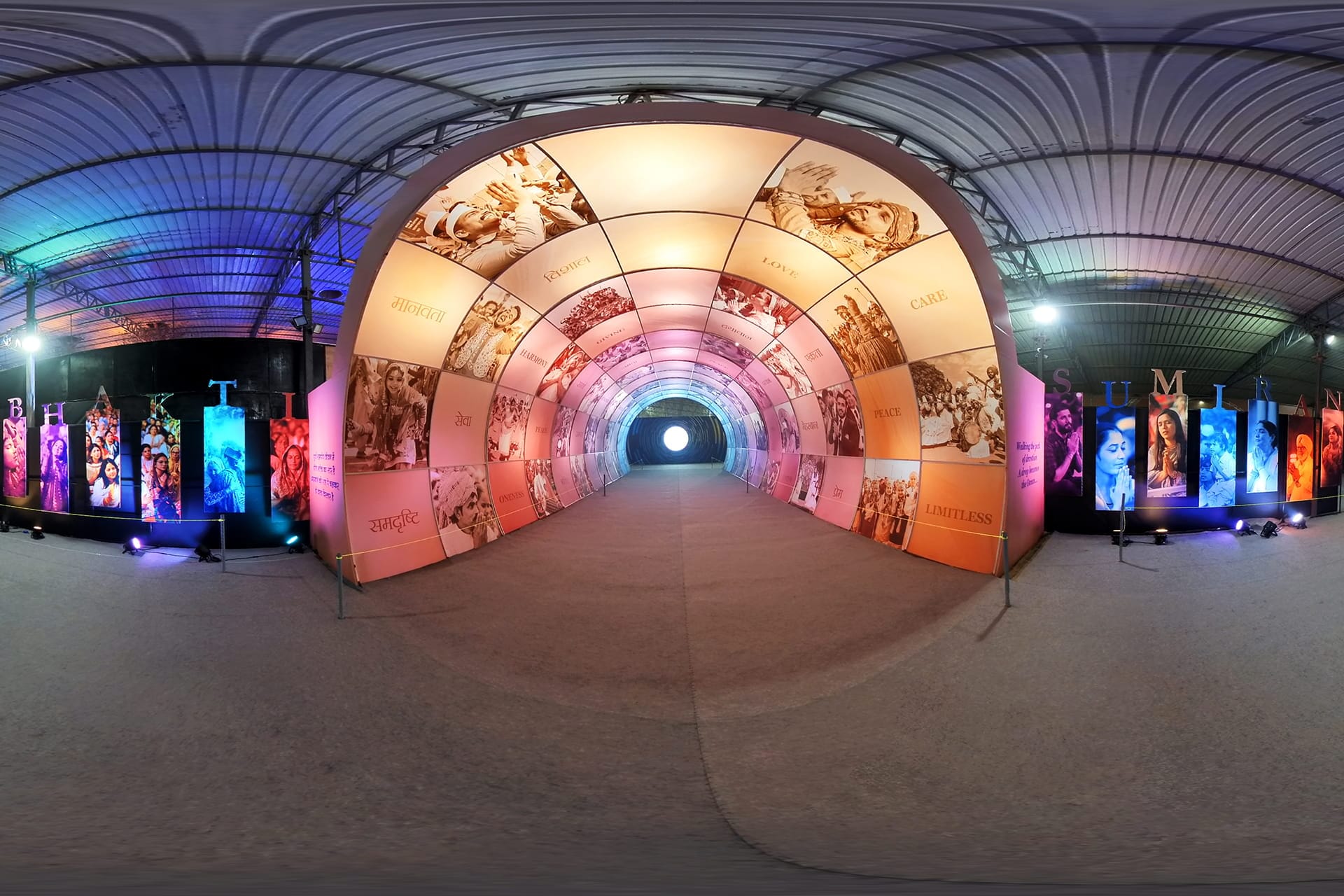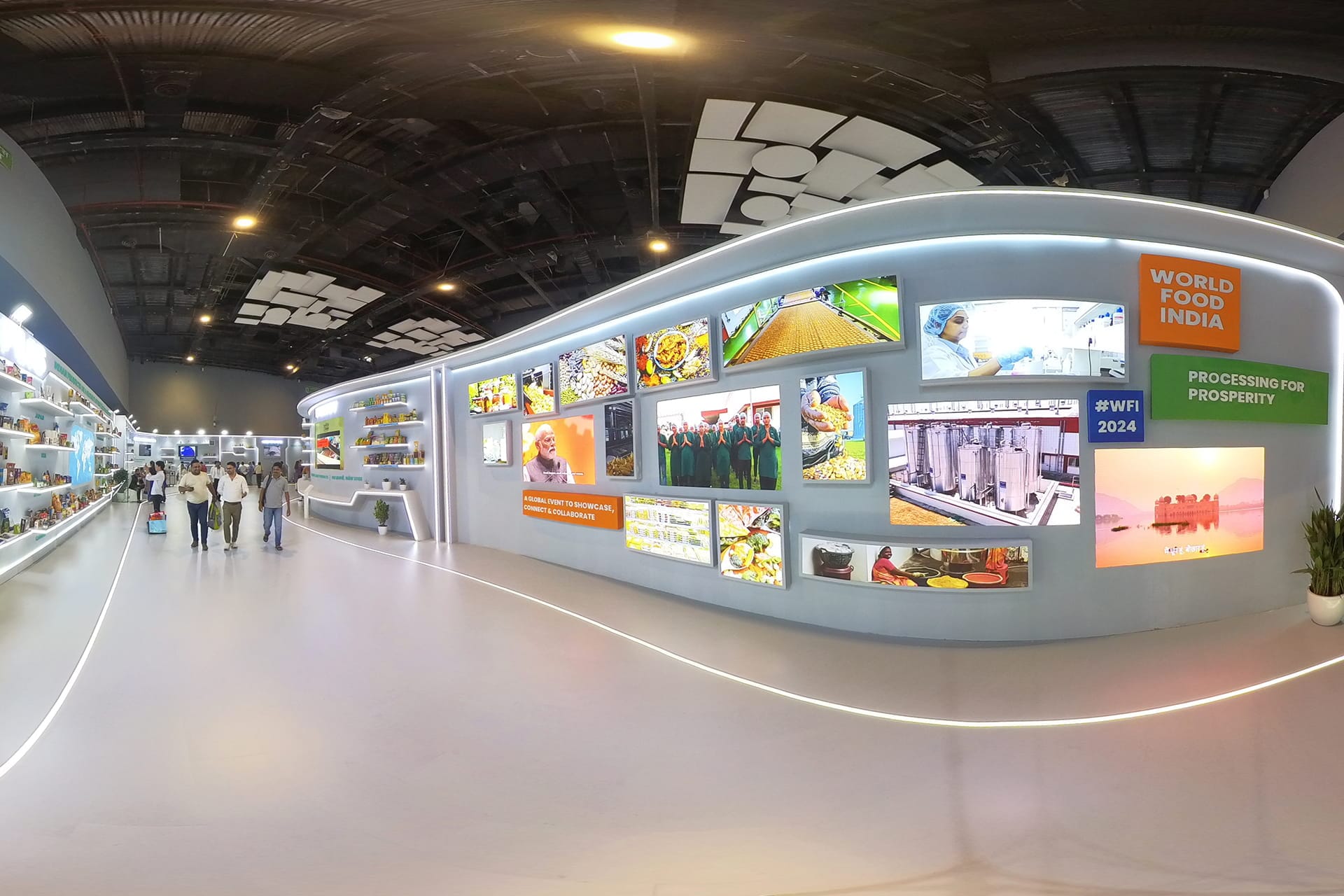How Schools and Universities are Using 360 Virtual Tours for Student Recruitment
In today's digital age, schools and universities are leveraging technology to connect with prospective students in innovative ways. One powerful tool that has gained significant traction is the use of 360 virtual tours. These interactive tours allow prospective students and their families to explore campuses from the comfort of their homes, providing an immersive experience that static images or videos simply can't match. In this blog, we'll explore how schools and universities are using 360 virtual tours for student recruitment, and why this technology is becoming an essential part of their marketing strategy.
The Rise of 360 Virtual Tours in Education
As the landscape of education evolves, institutions are increasingly turning to digital solutions to reach out to prospective students. Traditional methods of recruitment, such as campus visits and open houses, have been complemented—and in some cases, replaced—by virtual experiences that can reach a global audience. 360 virtual tours offer a dynamic and engaging way to showcase campuses, facilities, and the overall student experience, making them a powerful tool in the recruitment process.
Benefits of 360 Virtual Tours for Schools and Universities
- Reach a Global Audience
One of the biggest advantages of 360 virtual tours is their ability to reach prospective students worldwide. Many students, especially international applicants, may not have the means to visit campuses in person. A 360 virtual tour allows them to explore the campus environment, facilities, and accommodations without the need for costly travel. This accessibility opens up opportunities for institutions to attract a more diverse pool of applicants.
- Showcase Campus Facilities and Atmosphere
360 virtual tours provide an immersive experience that allows prospective students to get a true sense of a school's environment. Unlike traditional photos or videos, these tours allow users to navigate through different areas of the campus, such as classrooms, libraries, dormitories, sports facilities, and social spaces. This level of detail helps students visualize themselves in the space, which can be a deciding factor in their choice of school or university.
- Highlight Unique Selling Points
Every educational institution has unique features that set it apart, whether it's state-of-the-art labs, historic architecture, or expansive green spaces. 360 virtual tours enable schools and universities to highlight these unique selling points in an engaging way. By showcasing what makes them special, institutions can attract students who are specifically looking for those features.
- Enhance Engagement and Interest
Prospective students today are digital natives who are accustomed to interactive and engaging online experiences. 360 virtual tours capture their attention by allowing them to explore at their own pace and focus on areas that interest them most. This personalized experience can enhance engagement and make students feel more connected to the institution, increasing the likelihood that they will apply.
- Provide a Realistic Preview of Campus Life
A well-designed 360 virtual tour does more than just showcase facilities; it can also convey the culture and spirit of the campus. By including interactive elements such as student testimonials, videos of campus events, and hotspots with additional information, schools and universities can give prospective students a realistic preview of what life on campus is like. This can help students make more informed decisions about whether the institution is the right fit for them.
- Cost-Effective Marketing Tool
Compared to traditional recruitment methods such as print brochures, travel fairs, and open houses, 360 virtual tours are a cost-effective marketing tool. Once a tour is created, it can be used across various platforms, from the institution's website to social media channels, at no additional cost. This versatility and longevity make virtual tours a smart investment for schools and universities looking to maximize their marketing budget.
- Improve Accessibility and Inclusivity
360 virtual tours can also improve accessibility for prospective students with disabilities who may find it challenging to visit campuses in person. By providing a virtual experience, schools and universities ensure that all students, regardless of their physical abilities or geographic location, have the opportunity to explore and learn more about the institution.
- Track Engagement and Gather Insights
One of the significant advantages of digital tools is the ability to track user engagement and gather data. Schools and universities can use analytics to understand how prospective students interact with their 360 virtual tours, such as which areas are most frequently explored and how long users spend on different parts of the tour. This data can provide valuable insights into what prospective students are interested in, allowing institutions to tailor their recruitment strategies accordingly.
How Schools and Universities Are Implementing 360 Virtual Tours
Many schools and universities are already successfully implementing 360 virtual tours as part of their recruitment strategies. Here’s how they’re doing it:
Embedding Tours on Websites: Institutions often embed 360 virtual tours directly on their websites, providing a seamless experience for prospective students who are researching their options. This can be particularly effective when combined with other digital content, such as virtual open days or informational webinars.
Integrating with Social Media: Social media platforms like Facebook and Instagram support 360-degree content, making them ideal for sharing virtual tours. Schools and universities can reach a broader audience by posting snippets of their tours or using social media ads to promote the full experience.
Adding Tours to Google My Business: Adding a 360 virtual tour to a Google My Business listing can enhance an institution's online presence and improve local SEO. This makes it easier for prospective students to find and explore the campus when searching for schools and universities.
Enhancing Virtual Open Houses: Virtual open houses have become more common, especially in light of the COVID-19 pandemic. 360 virtual tours can enhance these events by providing a dynamic way for prospective students to explore the campus during live sessions with admissions counselors, faculty, and current students.
Conclusion
360 virtual tours are transforming how schools and universities connect with prospective students. By providing an immersive and interactive experience, these tours allow institutions to reach a global audience, showcase their unique features, and engage students in a meaningful way. As digital recruitment strategies continue to evolve, 360 virtual tours are likely to become an essential tool for schools and universities looking to attract and recruit the best students. If your institution hasn’t yet embraced this technology, now is the time to explore the possibilities and see how 360 virtual tours can enhance your recruitment efforts.










